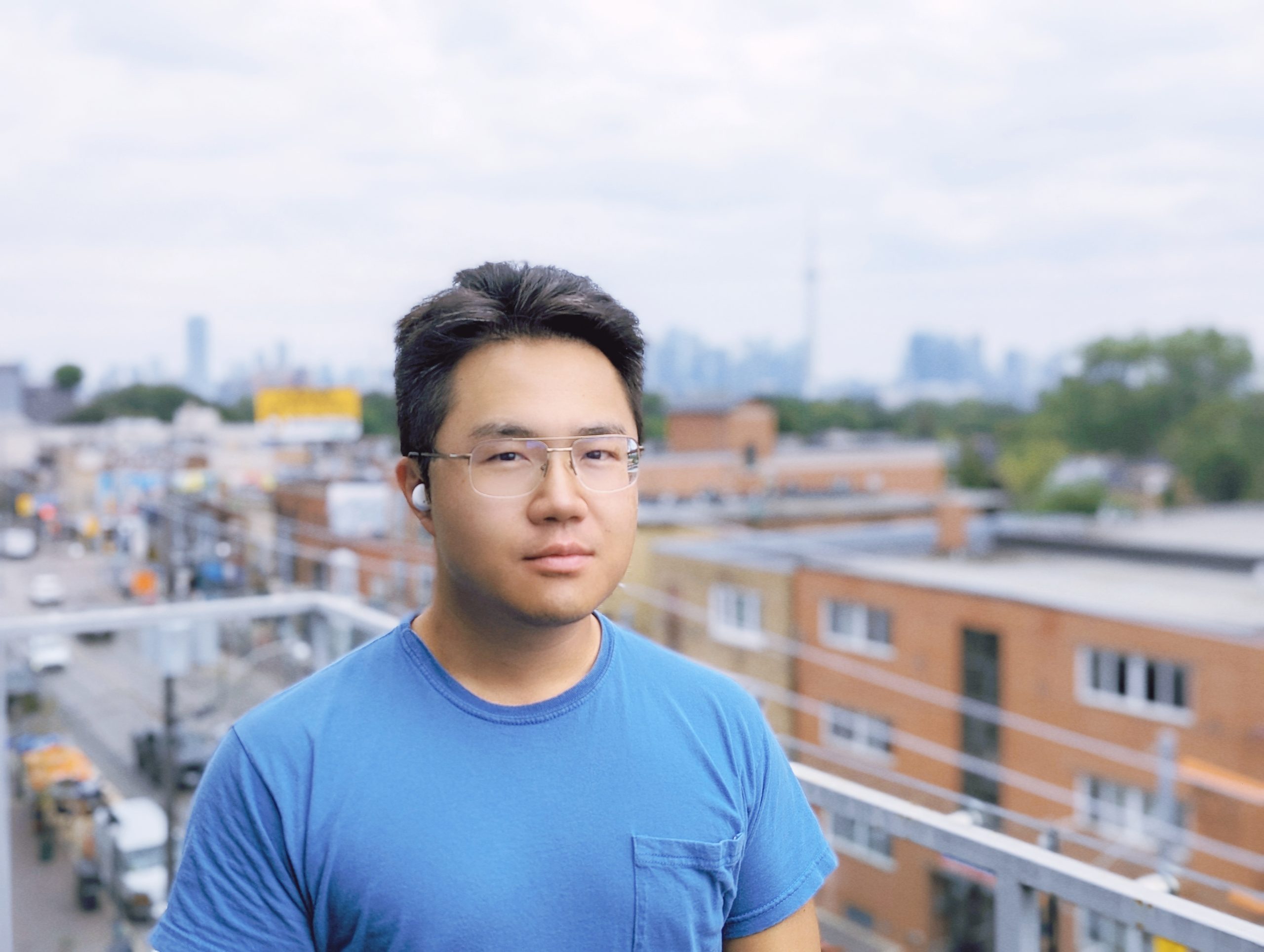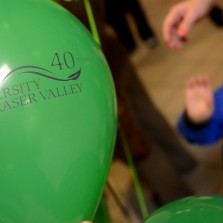Making Spaces a Little Greener

With a career spanning continents and techniques, Frank Jiang first came to the University of the Fraser Valley as an international student in the Carpentry program. In China, he had once worked as a Landscape Architectural Designer and had been learning carpentry from Canada Wood College in Beijing; however, coming to Canada meant he had to reeducate himself.
But none of that slowed Jiang down. He had a passion for landscape architecture design that needed to be fulfilled.
“I was an internationally trained landscape architectural designer with four years of professional design experience in Beijing, Tianjin, and Chengdu before I came to Canada,” says Jiang. “My mission has always been to create a better and more sustainable environment for people. This drives me to pursue my dream as a landscape architectural designer in Canada.”
Jiang completed his carpentry certification in 2016 and met his Carpentry level 3 completion in Kelowna; he worked as a framer for several years, building up his experience working in Canadian construction and his confidence to pursue architecture in graduate school.
He completed his Master of Landscape Architecture degree in 2022 at the University of Guelph in Ontario. His thesis focused on creating recreational outdoor spaces on campus that can be used year-round.
“I am always looking for winter outdoor activities while living in Canada,” says Jiang. “I noticed that university students have fewer options for winter outdoor recreation at the campus around the Great Lakes region. Therefore, I decided to explore integrating the winter outdoor creational programming strategy into the university campus.”
And this kind of multi-purpose space thinking drives Jiang’s work now. Since graduating, he has joined a landscape architectural firm and contributed to several projects in the Greater Toronto Area.
This year, he worked on a residential project around school playground design.
“One of the most critical parts of landscape architecture planning for these types of projects is the construction detail design,” says Jiang. “It is imperative that a design team not only provide the sound design concept but also ensure the construction standards and details with the contractor are clear. The project’s completion must reflect the excellent design concepts based on the technical drawing.”

Jiang has already been putting his creative design to the test, trying to bring modern sustainable structure to all aspects of architecture. As well, he is working and developing Building Information Modelling (BIM) software skills for Landscape Architecture design in North America.
“Many aspects need to be considered in creating a sustainable space,” says Jiang. “For instance, design for a low-carbon concept, restoration of natural habitats, more human-scape environment design for all people groups, and increased rainwater retention can be considered.”
As part of this thinking, Jiang is working towards building more capacity for green spaces and increasing efficient use of what he calls brownfields and grey-fields — essentially unused industrial or concrete space that can be transformed or utilized in more creative ways.
“I think about using regenerative materials for urban space development, especially considering the current climate change crisis,” says Jiang. “We must advocate and promote more ecologically friendly urban space.”
Jiang looks to bring this expertise to campus development for schools across Canada, growing his work in his master’s thesis at Guelph.
“I would like to create more human-friendly and fusion spaces, as well as gathering places for residential, school, public, and campus environments.”

